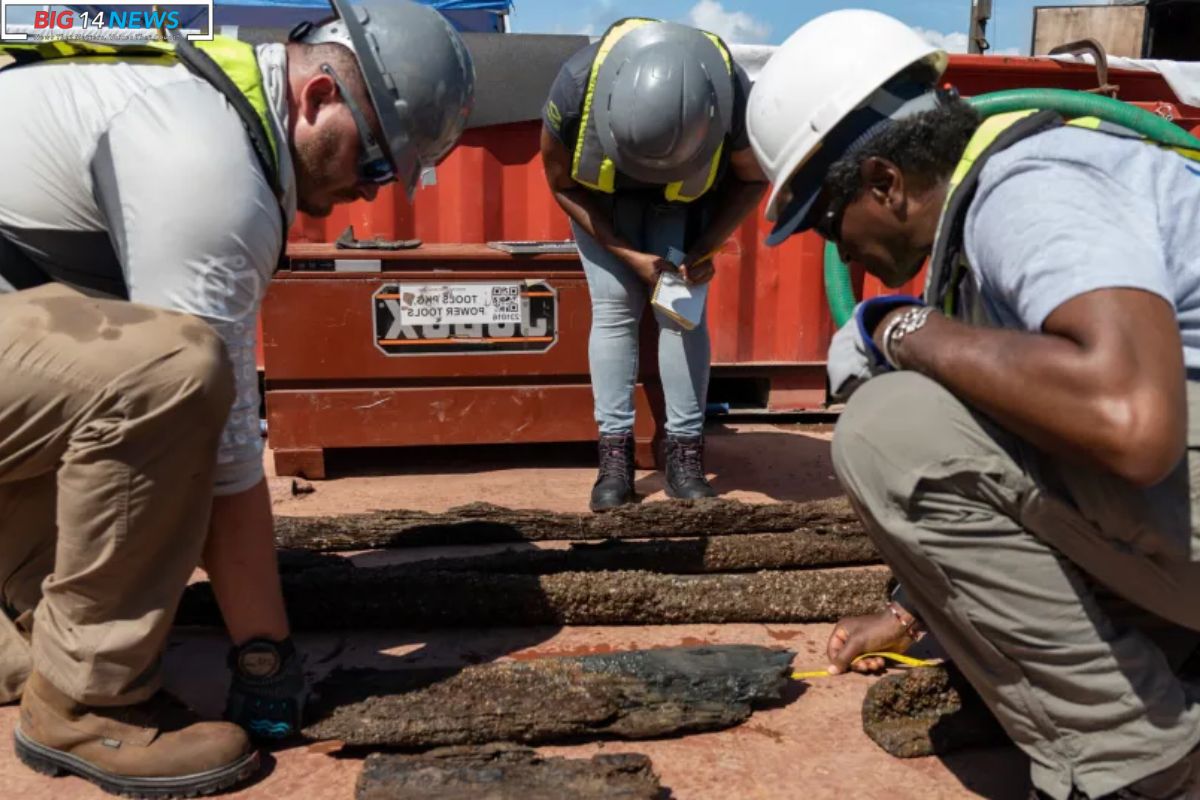Mobile Shipwreck Misidentified as Clotilda: Last week, folks in Mobile and history enthusiasts across Alabama were all stirred up about the discovery of Clotilda’s remainsthe final ship to transport enslaved individuals from Africa to the United States. The remnants surfaced in the Mobile River, sparking a wave of excitement and reflection on the state’s profound historical significance.
Mistaken for the Clotilda
Auburn University journalism students, along with Africatown descendants, shared their perspectives on what they believed to be the discovery of the Clotilda during a boat tour. However, subsequent interviews with Mobile’s revealed that the observed ship was, in fact, the Lake Ellijay, a World War I steamernot the Clotilda. The Alabama Historical Commission, responsible for safeguarding the Clotilda, clarified the mistake based on video coverage from the TV station. Here’s the statement from the Alabama Historical Commission on the misidentification:
Below is a statement from the Alabama Historical Commission about the mistaken discovery:
The recent news story regarding the Clotilda being seen above water is inaccurate and the wreck visible in the video footage is in fact another historic wreck that the Alabama Historical Commission (AHC) has documented and identified as the Lake Ellijay. The Lake Ellijay is a steel-hulled steamer built in World War I and was left in Mobile for scrapping and can be seen in the video footage shared online.


ALSO READ: Giles County Store Shut Down: and Declared Public Nuisance
Under the federal mandate set forth in the Abandoned Shipwrecks Act of 1999, the AHC is charged with the management and guardianship of the maritime archaeological sites abandoned and embedded in Alabama waters, including the Clotilda. With that, the AHC should be the first resource for any questions or information regarding Clotilda and its circumstances.
Interest in the Clotilda is high
The Clotilda and Africatown’s story has garnered widespread attention, both nationally and internationally. In recent months, a dedicated museum focusing on Africatown and the Clotilda was inaugurated. Additionally, a comprehensive 13-minute segment about the community’s history, delving into events from over a century and a half ago, was featured on the renowned news program 60 Minutes. The ongoing interest and recognition underscore the enduring significance of this historical narrative.
Also Read: Exciting Upcoming Live Music Events in Auburn: this November
Our Reader’s Queries
How many slaves did the Clotilda ship have?
This week marked a crucial moment in the history of the global slave trade as the charred and sunken remnants of the Clotilda were unearthed. This wooden ship transported 110 enslaved Africans from the west coast of Africa to Alabama’s Mobile Bay in 1860.
Where is the Clotilda today?
North of downtown Mobile, nestled in the murky banks of the Mobile River, rests the remains of the Clotilda schooner. This vessel holds the haunting distinction of being the final documented slave ship to arrive in the United States.
What happened to the descendants of the Clotilda?
In 1868, just three years after being freed, 30 Africans from the Clotilda ship founded Africatown. Today, it remains the only community in America established by Africans. Many of their descendants still live there.
Where is the wreck of the Clotilda thought to be?
The Clotilda, the final vessel to transport enslaved Africans to the United States, lies submerged in the Mobile River in Alabama. It was here where the historic ship was unearthed three years ago, still resting beneath layers of mud.

